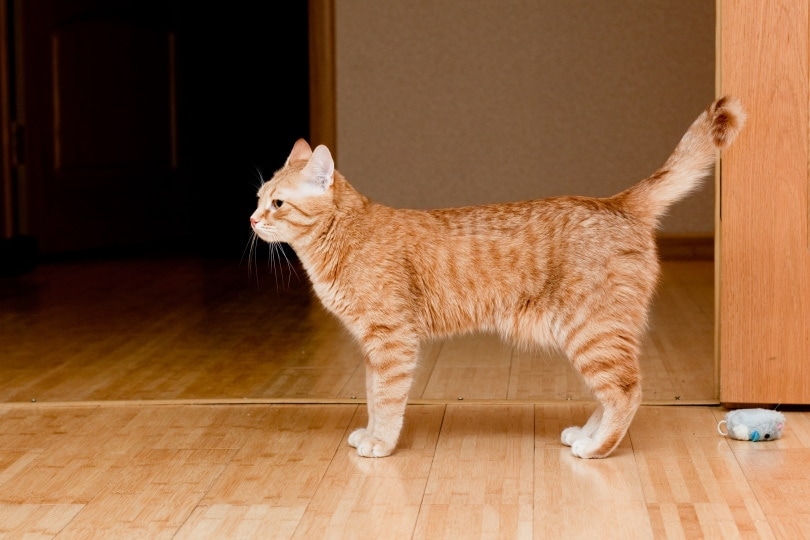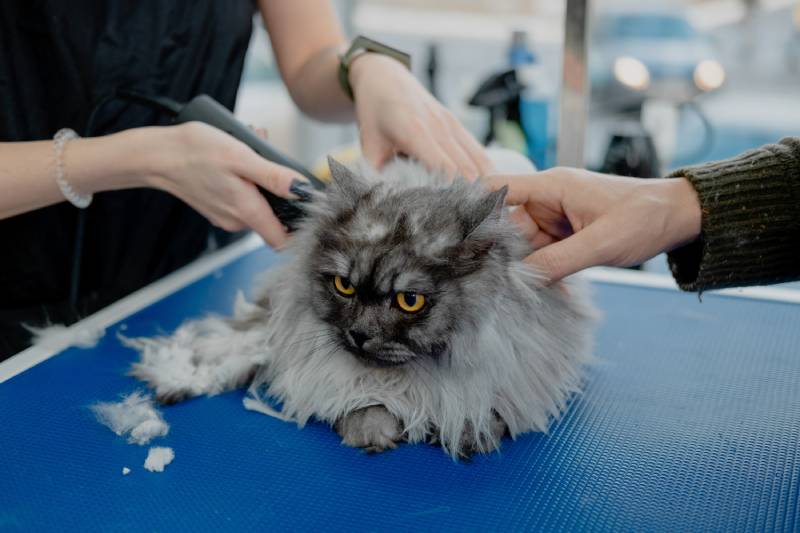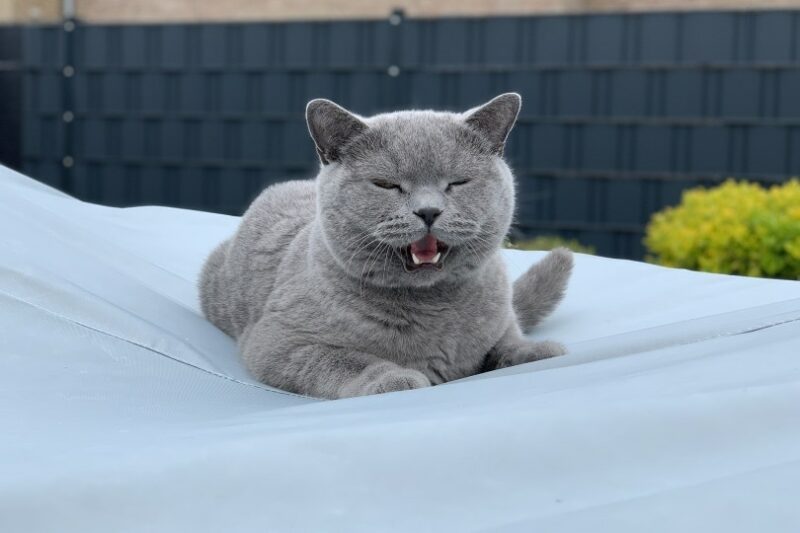How to Identify Cat Overstimulation: 10 Vet-Approved Tips

Updated on
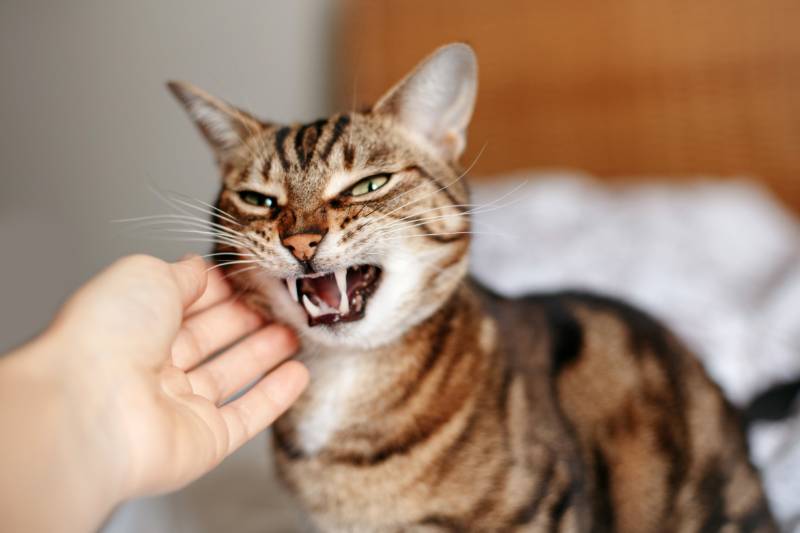
If you’ve ever sat gently petting your cat and suddenly felt the scrape of teeth and claws on your hand, you may wonder what happened. Some cats seem to be completely relaxed one moment and content to be petted by you, and the next, they’re arching their back and hissing, making it very plain that they want to be left alone.
This reaction is overstimulation: the point a cat reaches where it no longer wants to be petted and has had enough. This article will look at 10 tips on identifying cat overstimulation, so you and your cat can live more comfortably together.
 What Is Overstimulation in Cats?
What Is Overstimulation in Cats?
Overstimulation in cats is a reaction most cat owners will experience at one point or another. It commonly occurs when a cat is being petted and they’ve had enough. Frustration and overstimulation can result in an angry reaction from your cat, startling you and leaving you feeling like you’ve done something wrong.
Some cats have a higher tolerance to being petted than others; it’s down to their personality. The amount of petting they can take before becoming overstimulating and wishing to be left alone can vary.
The 10 Tips for Identifying Cat Overstimulation
1. Ear flattening
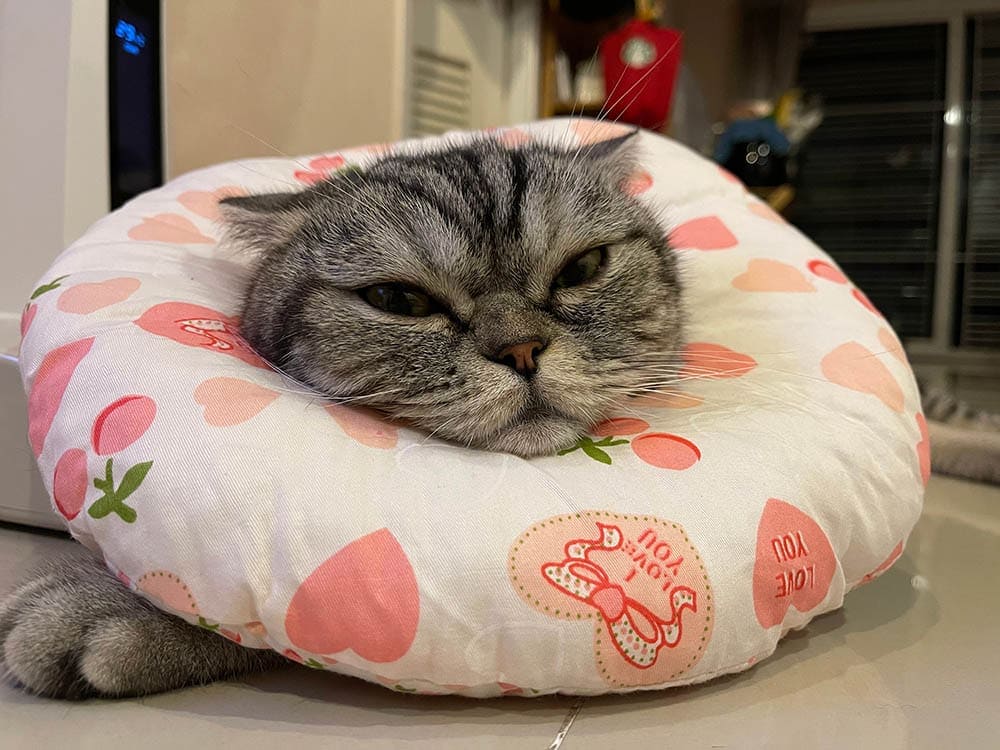
Flattened ears are a classic sign of cat overstimulation. If your cat is beginning to flatten their ears back down towards their head, they are starting to get irritated, and this is usually a precursor for a quick swat with a paw (if not full-on aggression). This is one of the earliest signs that your cat is getting overstimulated by your petting, so it’s a good idea at this point to back off, let them relax, and resume petting at a later date.
2. Restlessness
You may find your cat begins to wiggle, shift, and otherwise turn their heads towards your hand when petting them. This is another sign of overstimulation which can occur very early on. Your cat is trying to indicate that they’ve had enough. Most cats know this boundary and see that they shouldn’t (and don’t want to) lash out.
3. Fluffing up
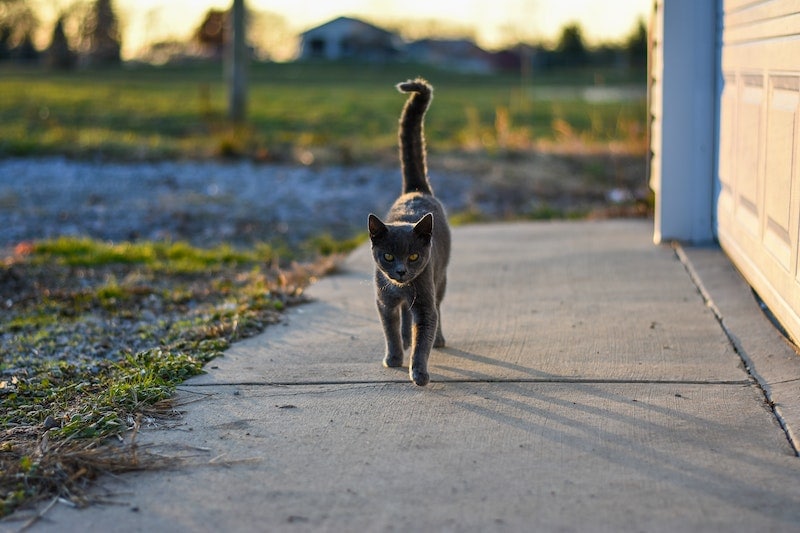
Cats that begin to get even more irritated may fluff up the hair on their back and tail. This is called piloerection and is in response to fear or irritation. For example, you’ll see this when two cats fight; the cats will puff up to make themselves look bigger and more intimidating to their opponent.
Adrenaline plays a part in piloerection, and it’s the same reaction humans get when we’re frightened by something.
4. Growling
A cat that is getting irritated by petting will begin a low growl. This may be quiet, but it’s usually constant, and it’s an obvious sign to stop what you’re doing and leave the cat alone.
Cats typically use a lot of non-verbal communication between themselves, and they see us as really big, dumb kittens who need teaching. They may assume that the non-verbal communication hasn’t gotten through to us, so they’ll use the growl as an unambiguous message to leave them alone.
5. Tail flicking

Tail flicking is another common sign that your cat is becoming agitated. If you’ve ever watched a cat hunting, they often flick their tails in response to stimuli, and this is also the case with overstimulation by petting.
This is one of the most obvious signs of cat overstimulation. However, no cat is the same; some will display all of these signs, and some will only show a few.
6. Rippling of the skin
If you’ve tickled your cat on its back and watched its skin bunch up and ripple, you’ll know what we mean by rippling the skin. This involuntary action is likely connected to irritation caused by biting insects such as mosquitoes.
If your cat’s skin begins to ripple, it’s a good idea to stop touching them and let them relax. It is a common sign of overstimulation and annoyance, particularly if their skin is sensitive in the area.
7. Dilation of the Pupils
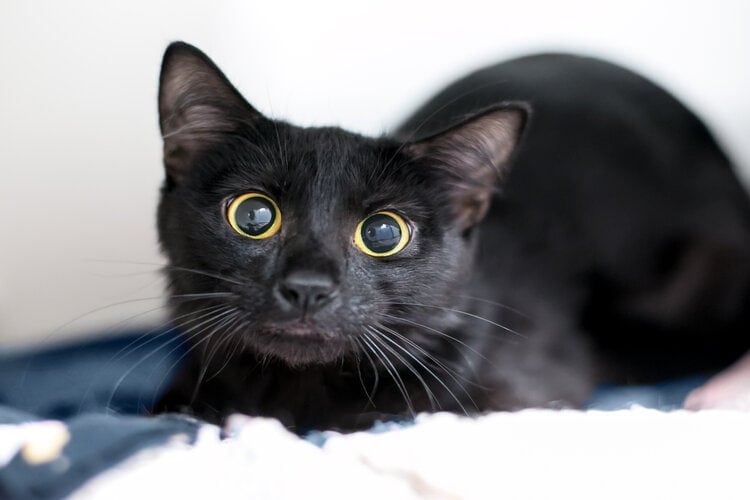
When cats hunt, they dilate their pupils to allow as much light as possible into the eye. This helps them see in the dark and work out depth perception, among other things. They also do this because it indicates your cat feels threatened and annoyed, meaning they’re trying to scope out their surroundings for an escape.
This may be one of the only signs you get that indicate that your cat is overstimulated and needs to be left alone, so it’s good practice to keep an eye on your cat’s normal behavior so that you know when to leave them alone.
8. Paw swatting
If your cat has had enough, it may swat or swipe you with its paw. As we said earlier, cats see us as giant kittens who need to be taught; this includes discipline. Most cats will swat at you without claws, but some cats may scratch you in the process. This is usually not meant to hurt, just used to deter, and it’s a very firm sign that they wish to be left alone.
9. Walking away and lying down
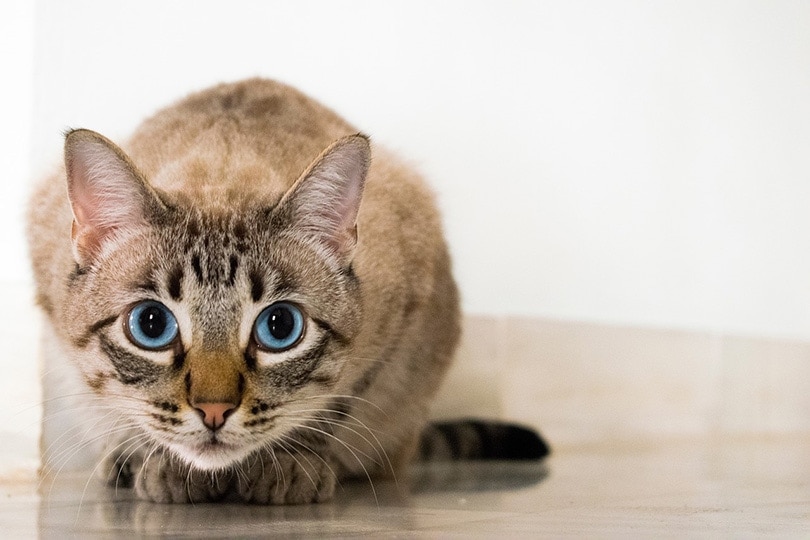
If your cat gets up and physically removes itself from your petting, they’re giving you the clearest sign that they do not wish to be petted anymore, and it’s getting too much for them.
Overstimulation, in this sense, can be caused by petting in general or petting a cat in an area that they don’t particularly want to be petted.
If your cat has gotten up and has walked away, leave them be and come back to petting later, or even let them come to you when they’re ready.
10. Pouncing
If your cat pounces on you and gets aggressive, they have been overstimulated, and they don’t know whether they’re attacking a friend or foe.
This is because cats are natural predators, but they must also look out for predators of their own. As such, their fight or flight system will kick in, which can make a huge difference in their cognitive function. If your cat looks like they’re ready to pounce, get up and walk away.
Owners shouldn’t punish cats for becoming overstimulated, as this will only make them more fearful and more likely to be overstimulated in the future.
 How to Avoid Overstimulating Your Cat
How to Avoid Overstimulating Your Cat
There are things we, as owners, can do to help keep our cats relaxed and avoid overstimulation. Because this is only an intermittent problem, and assuming your cat has no other behavioral issues, it is easily managed. The key is understanding your cat’s behavior; find out where they love to be scratched and what parts cause an overstimulation reaction.
Learning how to read a cat’s body language is also useful, as knowing the signs such as the ones we’ve listed in this listicle can be extremely helpful in avoiding any stress for both you and your cat. Most importantly, don’t try and push your cat, particularly if they’re already showing signs of overstimulation. You will build a much better bond if you allow them to be petted at their own pace.
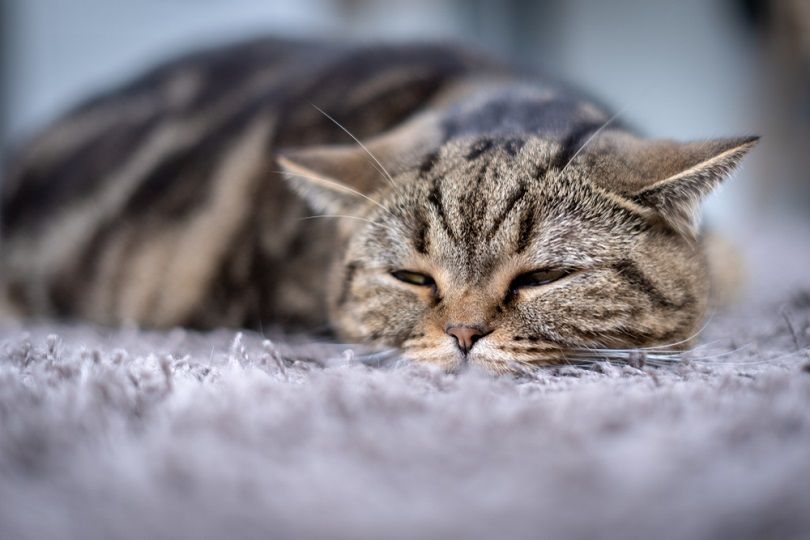
How Can I Help My Cat to Calm Down if They Are Overstimulated?
One of the easiest ways you can help your cat calm down if they get overstimulated is to leave them alone. Providing a safe space for them to decompress can also help. Giving your cat a place to call their own with comforting items such as favorite toys, cardboard boxes to hide in, and even a pheromone diffuser can help to calm down quickly and reassure them that everything is okay.
 Conclusion
Conclusion
Overstimulation in cats is easily avoided if owners take a few steps to recognize the signs. There are many clear indicators that your cat might be irritated, but sometimes your cat may already be frustrated or have little tolerance. We hope you found this article helpful in identifying the signs of overstimulation and can use these tips to improve your relationship with your cat.
See Also:
- Why Does My Cat Walk In Circles Before Lying Down? Facts & FAQs
- How to Discipline a Cat for Biting: 7 Vet Approved Methods
Featured Image Credit: Anna Kraynova, Shutterstock

 What Is Overstimulation in Cats?
What Is Overstimulation in Cats? How to Avoid Overstimulating Your Cat
How to Avoid Overstimulating Your Cat